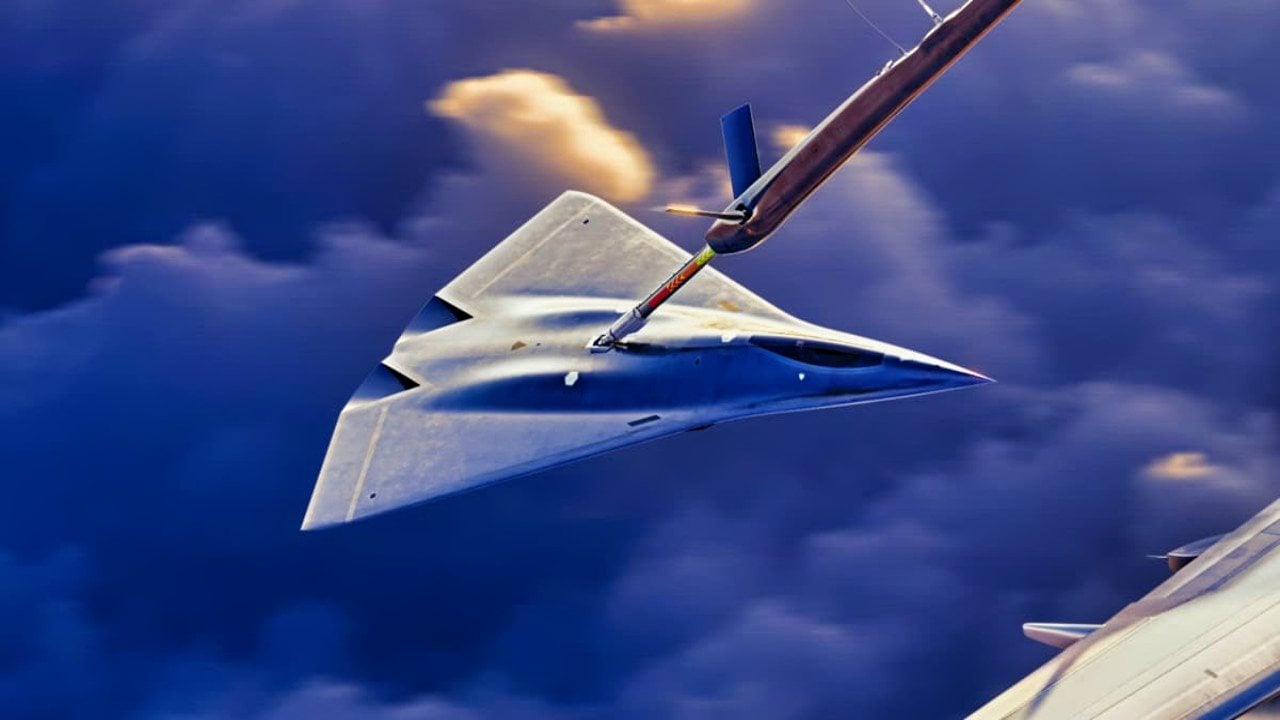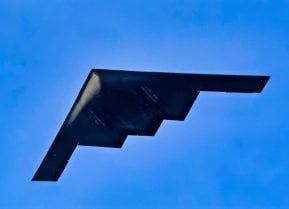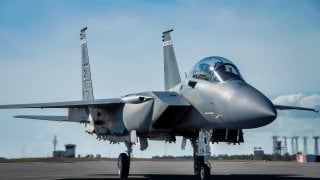The Air Force Is Cutting Back on F-15EX Eagle II and F-35 Spending
The US Air Force is shifting its procurement strategy, opting for fewer F-15EX and F-35 aircraft in fiscal year 2025. With a $217.5 billion budget request, the focus is on modernization, readiness, and addressing evolving threats.
Summary: The US Air Force is shifting its procurement strategy, opting for fewer F-15EX and F-35 aircraft in fiscal year 2025. With a $217.5 billion budget request, the focus is on modernization, readiness, and addressing evolving threats. Secretary of the Air Force, Frank Kendall, stresses the importance of competitive funding amidst global shifts. Core functions remain air superiority, global strike, and space operations. The proposal allocates funds for Next Generation Air Dominance (NGAD) and space capabilities. Additionally, efforts to combat inflation include improving quality of life and retaining skilled personnel. Despite fewer new jets, the Air Force aims to sustain its operational effectiveness.
Here Comes NGAD, Less Spending on F-15EX Eagle II and F-35
The United States Air Force is now opting to do more with less, as it was announced on Monday that it will seek to acquire fewer Boeing F-15EX Eagle II and Lockheed Martin F-35 Lightning II aircraft in fiscal year 2025 (FY25). The Department of the Air Force unveiled a $217.5 billion budget request, which put a greater focus on modernizing the Air Force and Space Force while maintaining readiness to respond to current threats, and addressing key capability gaps while investing to manage risks that are increasing with time.
The $217.5 billion proposal that Congress will now consider for fiscal year 2025 includes $188.1 billion for the Air Force and $29.4 billion for the Space Force. If enacted into law, the Department of the Air Force's overall budget would grow by 1.1 percent, $2.4 billion, from last fiscal year's budget.
"I think that 2025, while difficult, is at a level that I think we can accept, and it will still allow us to make progress on the modernization we need," said Secretary of the Air Force Frank Kendall, who further stressed the importance of adequately funding the military for competitiveness in a rapidly evolving global landscape.
The FY 2025 budget was built for each service's unique mission, the department further suggested.
"The Air Force's core functions remain unchanged: air superiority, global strike, rapid global mobility, command and control, and intelligence, surveillance, and reconnaissance," added Kristyn Jones, performing the duties of the Under Secretary of the Air Force. "The Space Force's efforts reflect the indispensable support that underpins all other joint operations and its continued transformation into a warfighting service to secure our interests in, from and to space."
What The U.S. Air Force Budget Request Includes
According to the newly released budget proposal, the service would receive a $14.9 billion investment to enhance competitive capabilities and maintain air domain lethality, along with $24.9 billion to ensure unmatched ability to deliver global strikes around the world. A further $29.4 billion would be spent towards readiness while continuing to make maximum possible investment in modernization, with $4.7 billion to proliferate a multi-orbit missile warning architecture to counter near-peer threats.
The budget would also direct $3.4 billion towards the Next Generation Air Dominance (NGAD) Family of Systems to augment current and future platforms in highly contested environments. The NGAD program includes the Air Force's efforts to develop a manned sixth-generation air superiority fighter that would replace the aging F-22 Raptor. In addition, it calls for an unmanned component of so-called loyal wingmen to operate alongside the manned fighter.

In addition, $538 million for Agile Combat Employment was earmarked to build the right mix of capabilities to defend against current and future threats, while $6.2 billion would be spent towards commercial space launches and resilient space data network to deliver capabilities to the Joint Force in, from and to Space. The budget calls for $4.4 billion in funds for integrating satellite communications to increase space superiority by connecting and supporting our allies and partners.
Fighting Inflation
The Department of the Air Force also acknowledged the practicalities of economic factors, and the FY25 budget proposal accommodates inflation and rising fuel costs, and for quality of life and retention of personnel.
This includes $42.9 billion to improve quality of life for Airmen and Guardians including a 4.5 percent pay raise, along with $1.1 billion for bonus and retention programs for 118,000 critically skilled positions.
The United States Air Force continues to struggle to meet recruiting goals and faces an ongoing shortage of pilots, and as a result, has increasingly offered bonuses to trained pilots to extend their service. In December, the latest retention incentives would pay pilots between $15,000 to $50,000 per year to commit to three- to 12-year contracts – up to $600,000 in total.
Fewer New Jets Like F-15EX and F-35
The biggest takeaway from the newly released budget proposal is that the United States Air Force could receive fewer new jets – notably the aforementioned F-15EX and F-35.
As Defense News reported, the service plans to buy 42 Lockheed Martin-made F-35As for $5.9 billion and 18 Boeing F-15EXs for $1.8 billion next year. That would be a reduction from the 48 and 24 fighters, respectively, the service originally expected to buy.
The Air Force had previously announced that it would cease acquiring additional F-15EXs after 2025 concludes, which will cap the entire fleet of Eagle IIs at 98 six fewer than the 104 the service had been planning to buy. However, the Air Force's expected total purchase of 1,763 F-35As remains unchanged.
The F-15EX is a modernized variant of the F-15Eagle, which first entered service in 1979.
The Air Force also called for the culling of its current fleet by 250 aircraft in 2025, including 56 A-10 Warthogs, 65 older F-15 C and D Eagle fighters, 26 F-15E Strike Eagles with less-capable engines, 11 F-16 Fighting Falcons, and 32 Block 20 F-22A Raptors the service said would be prohibitively expensive to ready for combat.
Air Force officials have suggested that those retirements, if approved, would save the service more than $2 billion in fiscal 2025. However, they may face a fight from lawmakers in Washington, who have previously forced the service to retain its aging fighters.
Author Experience and Expertise: Peter Suciu
Peter Suciu is a Michigan-based writer. He has contributed to more than four dozen magazines, newspapers, and websites with over 3,200 published pieces over a twenty-year career in journalism. He regularly writes about military hardware, firearms history, cybersecurity, politics, and international affairs. Peter is also a Contributing Writer for Forbes and Clearance Jobs. You can follow him on Twitter: @PeterSuciu. You can email the author: [email protected].
Image Credit: U.S. Air Force.


